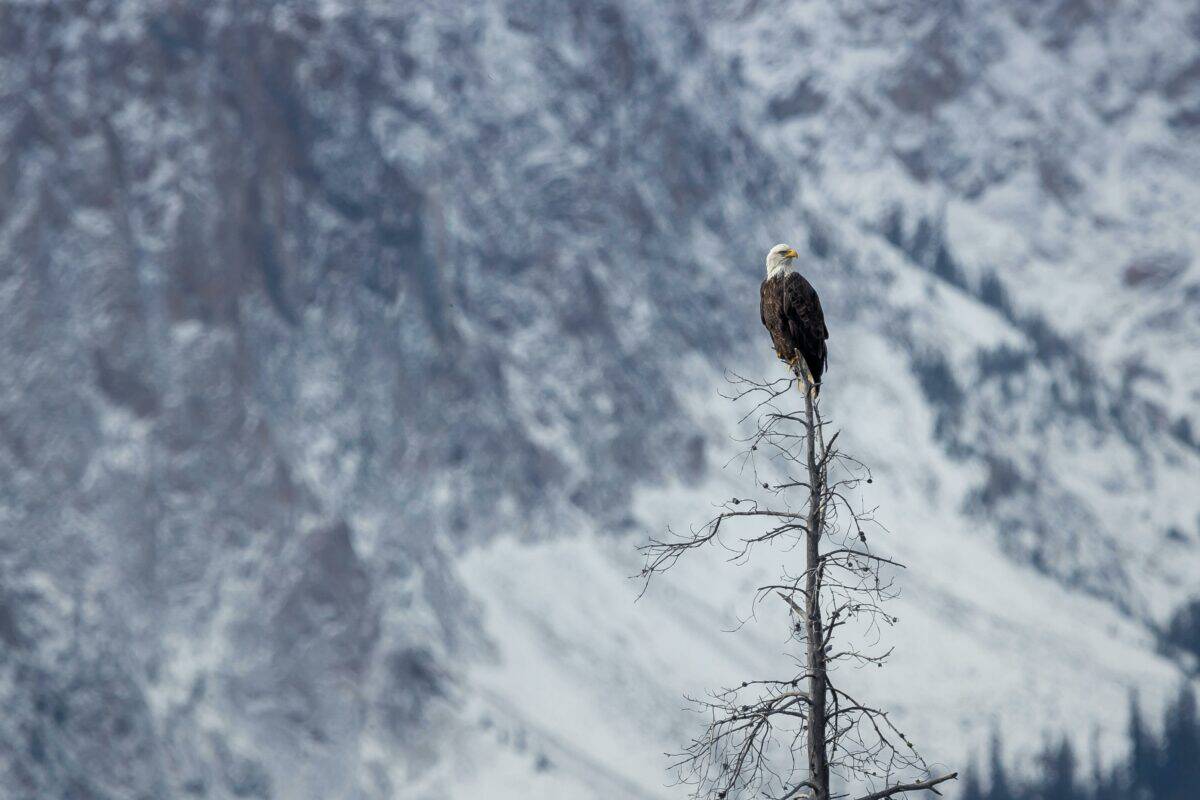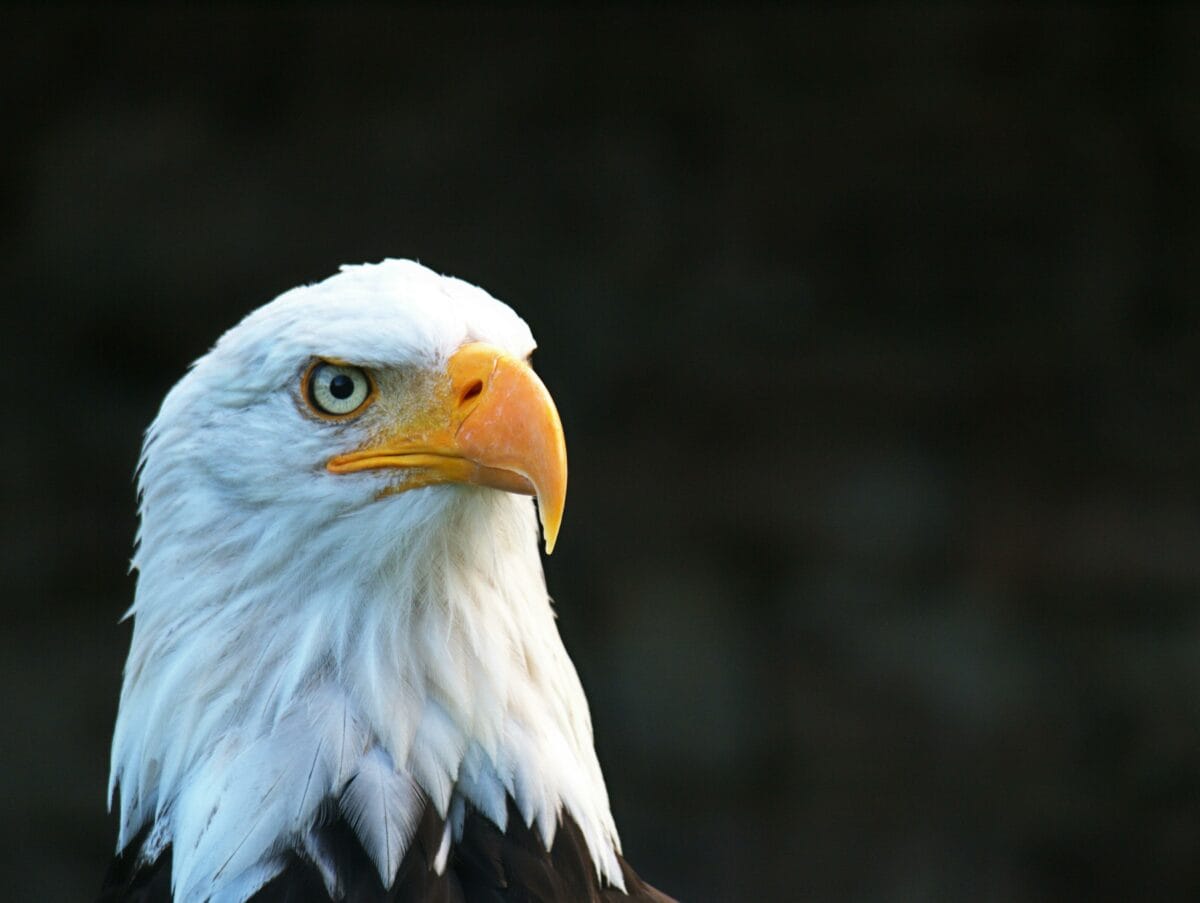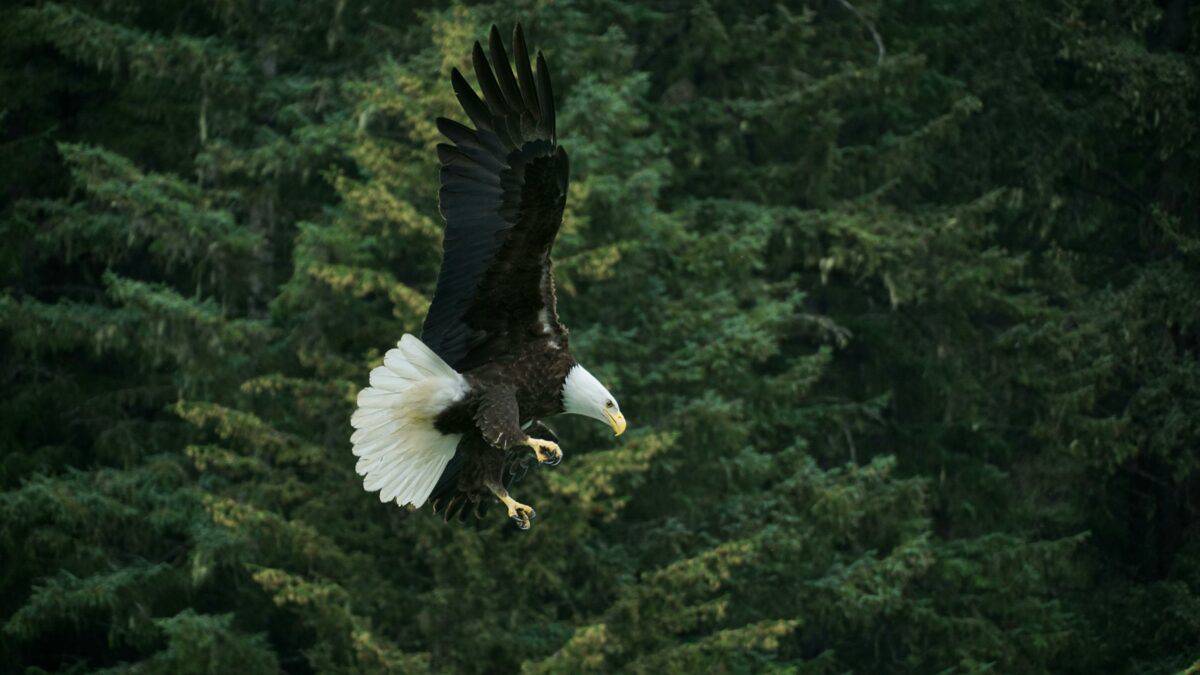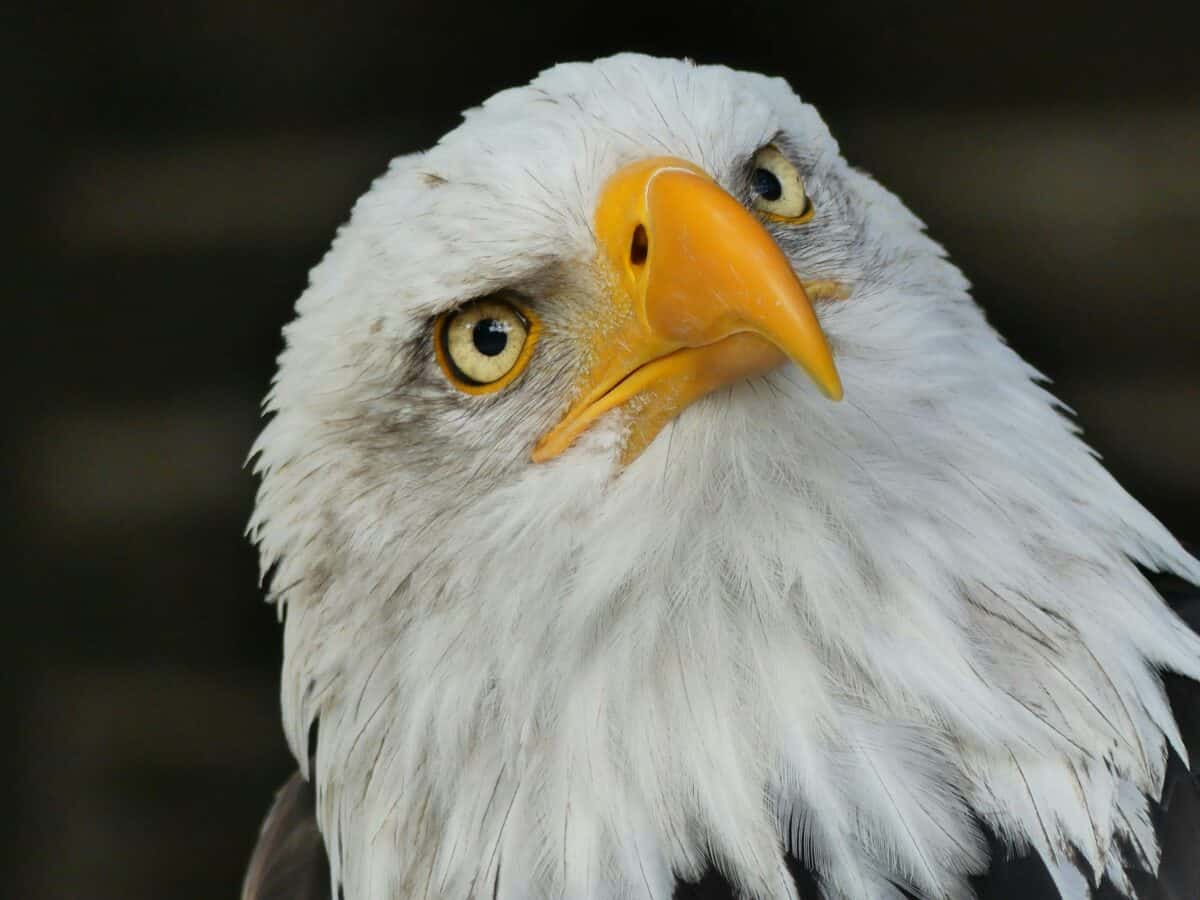The Great Lakes of the United States are not just monumental bodies of freshwater; they are the stage for the majestic journey of the bald eagle.
This iconic bird, a symbol of freedom and strength, graces the Great Lakes region’s skies, forests, and shores, offering a glimpse into the resilience and beauty of nature. This article traces the path of the bald eagle across these vast waters, highlighting key sights and explaining the reasons behind their seasonal movements.
Eagles by the Frozen Shores

As winter tightens its grip, the Great Lakes transform. Parts of these mighty waters freeze, but where they remain open, bald eagles congregate. Lake Superior’s nearshore areas, particularly around the Apostle Islands, have become prime spots for eagle watching. Eagles are drawn here in the colder months, from December through February, attracted by the abundance of fish in the unfrozen waters and the relative solitude of the season.
Spring Migration: A Time for Rebirth and Renewal

With the arrival of spring, the ice retreats, and the landscape around the Great Lakes begins to teem with life. Having spent the winter fishing and surviving the harsh conditions, bald eagles now turn their attention to nesting. The islands and coastal forests of Lake Huron, especially around Thunder Bay, provide perfect habitats for eagles to build their massive nests. March and April are critical months for nesting activities. With the eagles choosing tall trees that offer both visibility and proximity to food sources.
Family Life and Fledgin

By summer, the Great Lakes region is alive with the calls and activities of bald eagle families. The lush forests surrounding Lake Michigan, from the Sleeping Bear Dunes National Lakeshore to the Hiawatha National Forest, offer a verdant backdrop for eagle nests. This time of year, from May through August, is when young eagles, or eaglets, begin to fledge. These areas provide ample opportunities for fishing and learning the vital skills of flight under the watchful eyes of their parents.
Preparing for the Cycle to Repeat

As autumn paints the Great Lakes region in fiery hues, bald eagles prepare for winter. The shores of Lake Erie and Lake Ontario see a gradual increase in eagle activity, with birds of prey gathering in areas like the Montezuma National Wildlife Refuge.
From September through November, this period is significant for young eagles readying for their first winter. The lake’s southern shores’ abundant fish and mild climate offer ideal conditions for gathering strength.
The Bald Eagle’s Triumphant Return

The presence of bald eagles across the Great Lakes is a testament to successful conservation efforts. Once on the brink of extinction, the bald eagle has made a remarkable comeback. This is largely thanks to bans on harmful pesticides and dedicated preservation initiatives. Today, tracing the journey of the bald eagle across the Great Lakes not only offers an educational adventure. It also serves as a reminder of our ongoing responsibility to protect these magnificent birds and their habitats.
The Seasonal Journeys of America’s Bald Eagles

The bald eagle’s seasonal migration and life cycle around the Great Lakes are awe-inspiring. Each phase of their journey, from winter survival to summer fledging, highlights the adaptability and majesty of America’s national bird. For nature enthusiasts, conservationists, and casual observers alike, the Great Lakes offer a unique vantage point to witness the enduring legacy of the bald eagle.
Let me know what you leaned about the bald eagle’s path in the comments!
Next Up:
Join our Forum for free today!


